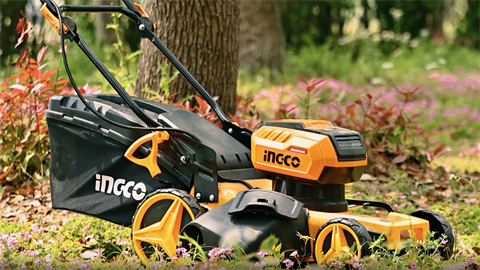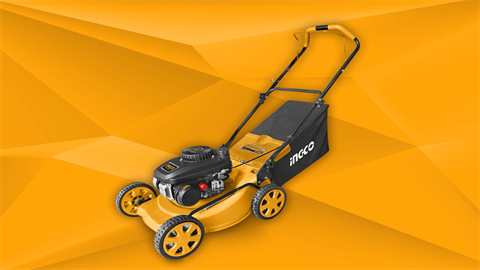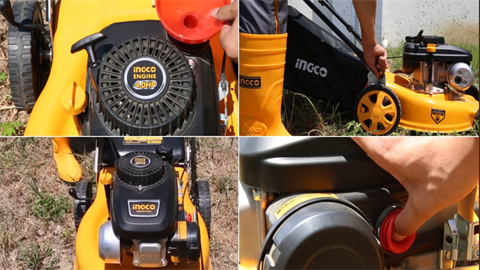Stuck in the Yard? It’s a “Lawn Mower Won’t Start” Type of Problem!
When your lawn mower won’t start, it can be incredibly frustrating and put a halt to your yard work plans. A non-starting mower not only delays your schedule but also leaves your lawn looking neglected. The reasons behind this issue can vary widely, from simple fixes like stale fuel to more complex problems like engine malfunctions.
Whether you’re a seasoned gardener or just starting out, these tips will help you tackle the problem with confidence. We’ll outline the essential tools and materials you’ll need, provide detailed instructions on checking each component, and offer advice on when it might be best to consult a professional. Let’s dive in and get your lawn mower back up and running in no time.
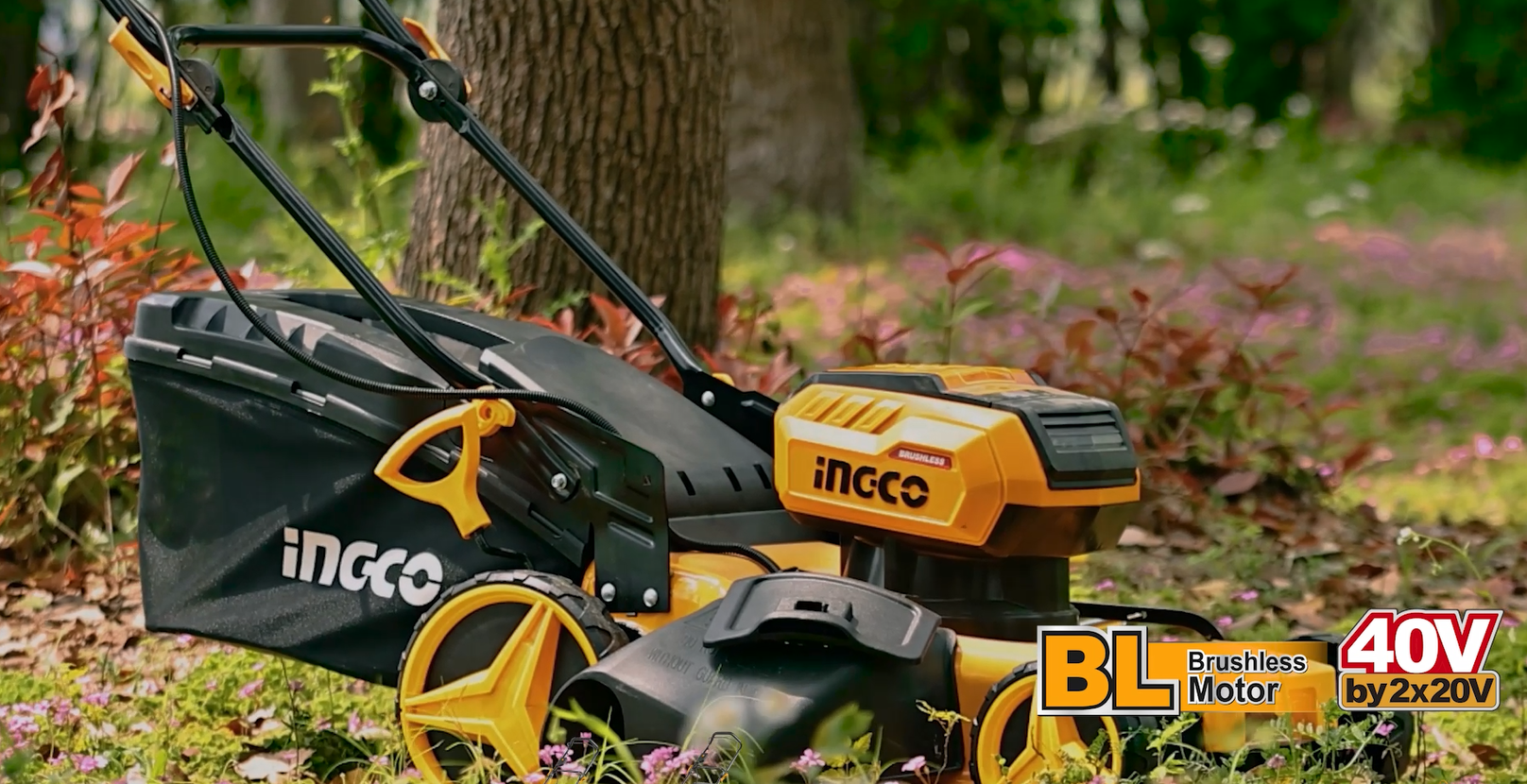
Tools and Materials Required
To effectively troubleshoot and fix a lawn mower that won’t start, you’ll need a variety of tools and materials. Having these on hand will ensure you’re prepared to handle any issue that arises, making the process smoother and more efficient. Here’s a detailed list of the essentials:
- Wrench or Socket Set: Essential for loosening and tightening bolts on your mower. A variety of sizes is necessary.
- Screwdriver: Both flathead and Phillips for accessing screws, removing panels, and securing components.
- Spark Plug Wrench: Designed for safe removal and installation of spark plugs without damage.
- Fuel Siphon Pump: Essential for removing old or contaminated gasoline safely.
- Clean Rags: Useful for wiping parts, cleaning spills, and maintaining a tidy work area.
- New Spark Plug: Handy for quick replacement to restore ignition.
- Fresh Gasoline: Ensures smooth operation by replacing old, stale fuel.
- Replacement Air Filter: Keeps airflow unrestricted, essential for engine starting.
- Battery Tester or Multimeter: Diagnoses electrical issues and checks battery health.
- Replacement Fuel Filter: Restores proper fuel flow by replacing a clogged filter.
- Gloves: Protect hands from cuts, scrapes, and chemicals.
- Safety Goggles: Shields eyes from debris and splashes, ensuring safe work.
Step-by-Step Guide to Troubleshooting Your Lawn Mower
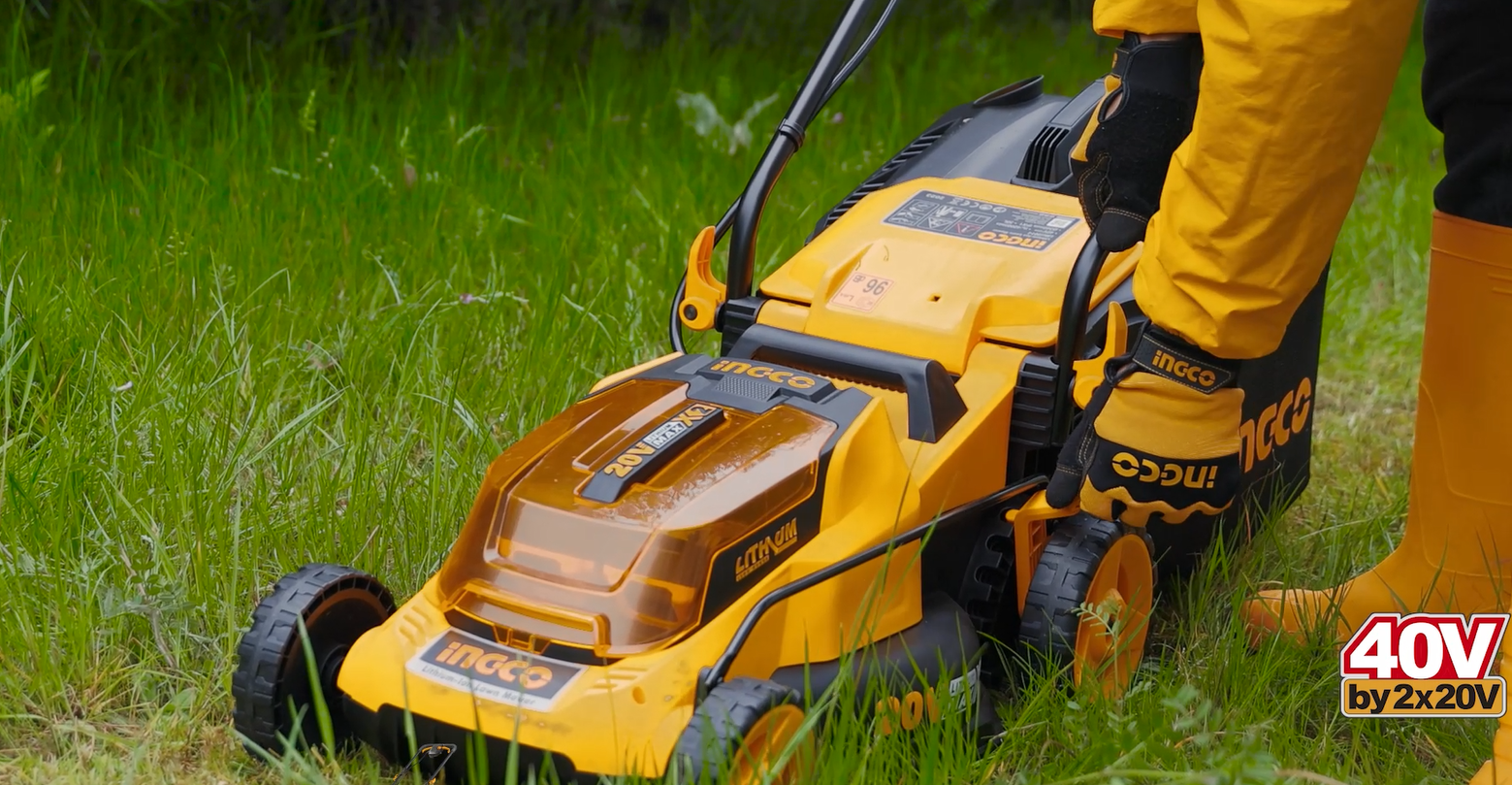
Regular maintenance and thorough inspections can keep your mower in good working condition, ensuring reliable performance whenever you need to use it. My lawn mower won’t start and these are the ways that helped me troubleshoot my trusty mower.
Identifying Engine Problems
Start your troubleshooting by thoroughly inspecting the engine. Look for obvious issues like loose or disconnected wires, which can prevent the electrical system from working correctly.
Replacing Old Gasoline
Gasoline can degrade over time, especially if your mower has been sitting unused for a while. Old or stale gasoline loses its effectiveness and can form deposits that clog the fuel system.
Use a fuel siphon pump to safely remove any old gasoline from the tank. Once the old fuel is out, fill the tank with fresh gasoline. This simple step can often resolve starting issues caused by poor fuel quality.
Inspecting the Air Filter
A dirty or clogged air filter can restrict airflow to the engine, causing starting problems and reducing performance. Remove the air filter and examine it closely.
Examining the Spark Plug
The spark plug is crucial for igniting the fuel-air mixture in the engine. Use a spark plug wrench to remove the spark plug and inspect it for signs of wear, such as a worn electrode, carbon buildup, or damage to the ceramic insulator.
Clean the spark plug with a wire brush to remove any carbon deposits. If it’s damaged or excessively worn, replace it with a new one. Before reinstalling, check and adjust the spark plug gap to the manufacturer’s specifications to ensure optimal performance.
Assessing the Fuel Filter
A clogged fuel filter can block gasoline from reaching the engine, causing starting problems. Locate the fuel filter in the fuel line between the tank and the carburetor. Remove the filter and inspect it for dirt and debris. If it appears clogged or dirty, replace it with a new one. A clean fuel filter ensures a steady flow of fuel to the engine, promoting efficient operation.
Testing the battery
If your lawn mower has a battery, a weak or dead battery can prevent the engine from starting. Use a battery tester or multimeter to check the battery’s voltage. A healthy battery should read around 12.6 volts or higher.
Clearing the Mower Deck of Debris
Debris buildup under the mower deck can stop the blades from turning freely, causing the engine to stall or not start at all. Turn off the mower and safely tip it on its side, making sure the carburetor is facing up to prevent fuel leakage. Clear any grass clippings, leaves, or other debris from the mower deck. Regularly cleaning the deck prevents buildup that can interfere with the mower’s operation.
Inspecting the Safety Release Mechanism Cable
Many lawn mowers have a safety release mechanism cable that must be engaged for the engine to start. Check that this cable is intact and properly connected. If it’s disconnected or damaged, the safety mechanism will prevent the mower from starting.
Checking the Flywheel Brake Engagement
The flywheel brake is another safety feature that must disengage for the engine to start. When you pull the starter cord or turn the key, verify that the flywheel brake is disengaging correctly. Lubricate the brake mechanism if necessary and ensure it moves freely.
Conclusion
In conclusion, troubleshooting a lawn mower that won't start involves methodically inspecting components like the fuel system, spark plug, and battery. By addressing each potential issue systematically, you can identify the root cause and resolve it effectively. This ensures your lawn mower runs smoothly and efficiently, saving you time and effort in maintaining your lawn.
FAQs
What is the lifespan of a lawn mower?
The lifespan of a lawn mower varies based on usage, maintenance, and build quality. On average, a well-maintained lawn mower can last between 10 to 15 years.
How do I know when to replace my lawn mower?
You should consider replacing your lawn mower if it frequently breaks down, requires costly repairs, or if the engine performance significantly declines despite regular maintenance. Additionally, if parts are difficult to find or the mower no longer meets your needs, it might be time for a new one.
